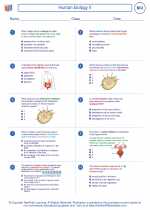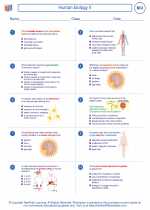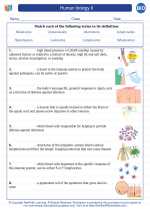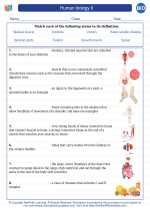Electrons
Electrons are subatomic particles that orbit the nucleus of an atom. They have a negative charge and are essential for the formation of chemical bonds and the generation of electricity.
Here are some key points to understand about electrons:
- Charge: Electrons have a negative charge, which is equal in magnitude to the positive charge of a proton. The charge of an electron is approximately -1.6 x 10^-19 coulombs.
- Location: Electrons are found in the electron cloud surrounding the nucleus of an atom. This cloud represents the probability of finding an electron at a particular location around the nucleus.
- Energy levels: Electrons occupy specific energy levels or shells around the nucleus. The energy of an electron increases as its distance from the nucleus increases.
- Valence electrons: The outermost electrons of an atom, known as valence electrons, are involved in chemical bonding and determining the reactivity of an element.
- Behavior: Electrons exhibit both wave-like and particle-like behavior, as described by the principles of quantum mechanics.
Study Guide
When studying electrons, it's important to focus on the following aspects:
- Understanding the structure of the atom, including the arrangement of electrons within the electron cloud.
- Learning about the concept of energy levels and how electrons populate these levels.
- Exploring the role of electrons in chemical bonding and the formation of molecules.
- Practicing electron configurations and understanding the patterns within the periodic table.
- Investigating the behavior of electrons in electric currents and their contribution to electrical conductivity.
Additionally, it's helpful to engage in hands-on activities, such as building models of atoms and molecules, to reinforce the understanding of electron behavior and interactions.
Remember to seek clarification on any challenging concepts and to regularly review and practice problems related to electrons to solidify your knowledge.
.◂Biology Worksheets and Study Guides High School. Human biology II
Worksheet/Answer key Human biology II
Human biology II  Worksheet/Answer key
Worksheet/Answer key Human biology II
Human biology II  Worksheet/Answer key
Worksheet/Answer key Human biology II
Human biology II  Vocabulary/Answer key
Vocabulary/Answer key Human biology II
Human biology II  Vocabulary/Answer key
Vocabulary/Answer key Human biology II
Human biology II  Vocabulary/Answer key
Vocabulary/Answer key Human biology II
Human biology II  Vocabulary/Answer key
Vocabulary/Answer key Human biology II
Human biology II  Vocabulary/Answer key
Vocabulary/Answer key Human biology II
Human biology II  Vocabulary/Answer key
Vocabulary/Answer key Human biology II
Human biology II  Vocabulary/Answer key
Vocabulary/Answer key Human biology II
Human biology II 

 Worksheet/Answer key
Worksheet/Answer key
 Worksheet/Answer key
Worksheet/Answer key
 Vocabulary/Answer key
Vocabulary/Answer key
 Vocabulary/Answer key
Vocabulary/Answer key
 Vocabulary/Answer key
Vocabulary/Answer key
 Vocabulary/Answer key
Vocabulary/Answer key
 Vocabulary/Answer key
Vocabulary/Answer key
 Vocabulary/Answer key
Vocabulary/Answer key
 Vocabulary/Answer key
Vocabulary/Answer key

The resources above cover the following skills:
LIFE SCIENCE (NGSS)
From Molecules to Organisms: Structures and Processes
Students who demonstrate understanding can:
Develop and use a model to illustrate the hierarchical organization of interacting systems that provide specific functions within multicellular organisms.
Plan and conduct an investigation to provide evidence that feedback mechanisms maintain homeostasis.